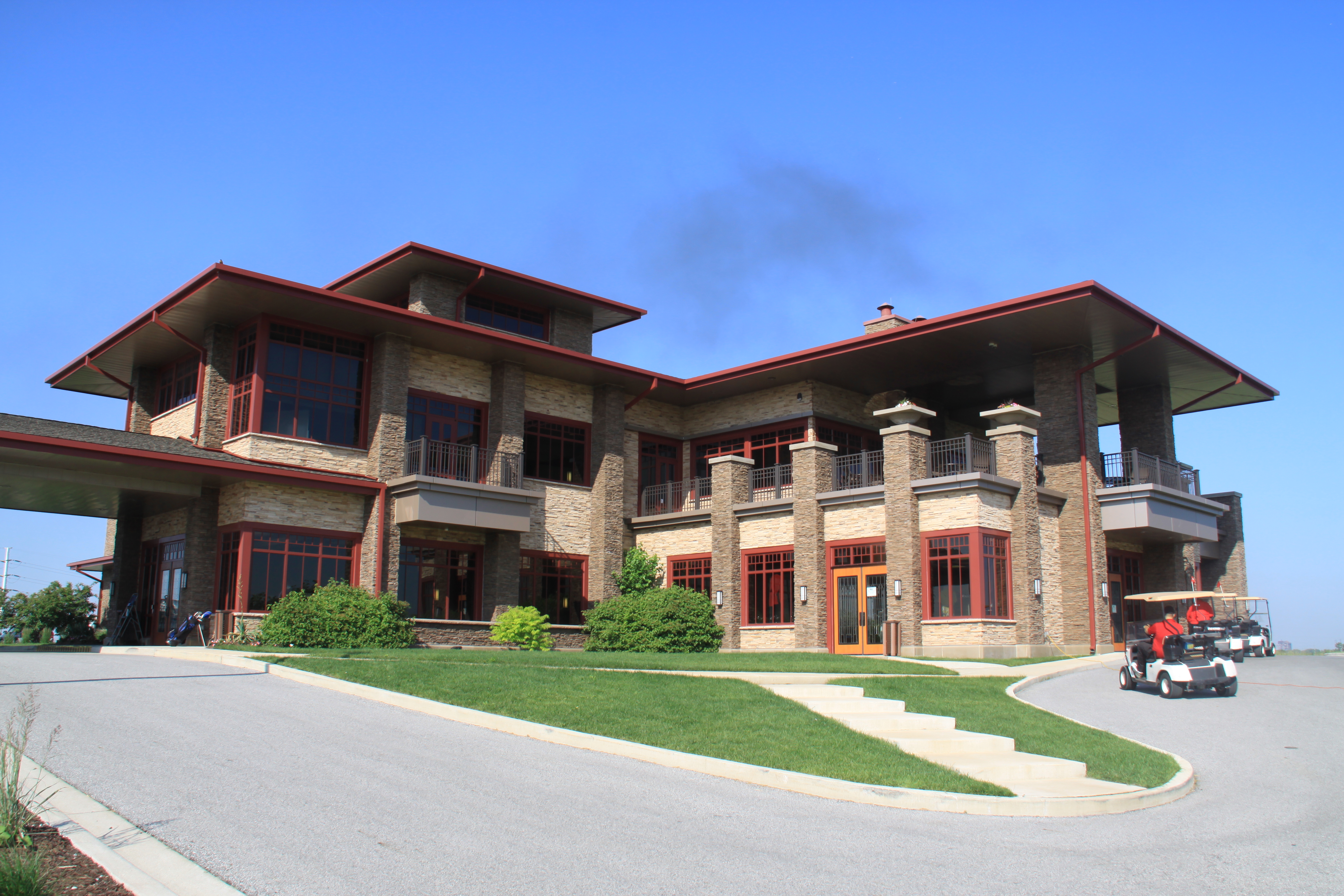Zach Johnson’s title defense and three-time winner Steve Stricker’s return to the PGA Tour may be the focal points of the John Deere Classic, which tees off Thursday in Silvis, IL., on the outskirts of the Quad Cities.
The 43-year old $4.6 million championship, though, may have its best field ever thanks to the first-ever participation of major champions Keegan Bradley and Trevor Immelman. It doesn’t hurt that Ryo Ishikawa, the young Japanese sensation, is also making his first appearance in the U.S. event immediately preceding the British Open.
Bradley won the 2011 PGA Championship and Immelman the 2008 Masters. They’re among 11 winners of major championships who will be boarding the jet from the Quad Cities Airport on Sunday night for the direct flight to Scotland and the third major championship of 2013 at Muirfield.
The JDC field was immediately upgraded when director Clair Peterson ordered the first chartered jet to the British in 2008.
“The charter has made it possible for us to attract more international players who may or may not be exempt for the British Open,’’ said Peterson. “It’s no secret that golf is an international game, and the jet enables us to compete for players we might not have been able to attract before we had it.’’
Never has the JDC foreign contingent been as strong as it is this year. That 39-player group includes 11 Australians and seven Koreans including Si Woo Kim – the youngest player to graduate through the PGA Tour’s qualifying school. He was 17 when he survived the rigorous 90-hole competition but couldn’t compete until he turned 18. The JDC will be his first tournament.
Of the six players from Sweden among the 156 starters are JDC rookies Jonas Blixt (winner of the Greenbriar Classic on Sunday), Peter Hanson, Robert Karlsson and Henrik Norlander. Nine players in the field are exempt for the British and more could get in through their play at TPC Deere Run.
The tourney has a Thursday-Sunday run. It’s the PGA Tour’s only summer visit to Illinois; the BMW Championship stops at Conway Farms in Lake Forest in September.
Another Senior Open for Sobb
Ivanhoe pro Jim Sobb has qualified for the U.S. Senior Open, which tees off Thursday at Omaha Country Club in Nebraska. He made it to the 50-and-over major championship by finishing second in a 58-player sectional elimination in Minnesota.
Sobb, who also qualified for the Senior Open in 2006 and 2009, had some heart-breaking match play losses this spring. He bowed in 21 holes to Gary Groh of Bob O’Link in the Illinois PGA Senior Match Play final after losing a semifinal to Biltmore’s Doug Bauman in the section’s regular Match Play event.
Joining Sobb at Omaha will be Blue Island’s Jerry Vidovic, who got into the Senior Open as first alternate at the Chicago sectional, held at Ruth Lake in Hinsdale. Vidovic got a spot in the field when Olin Browne withdrew.
Singhsumalee hopes to go national
Naperville’s Bing Singhsumalee, the 16-year old champion of this year’s Illinois Women’s Amateur, heads the field in Wednesday’s sectional qualifier for the U.S. Women’s Amateur at Biltmore, in North Barrington.
State amateur champions of previous last two years – Nora Lucas (2011) and Elizabeth Szokol (2012)– are also in the 62-player field that competes for seven berths in the finals at Country Club of Charleston in South Carolina.
When Singhsumalee won her state title she was believed to be the youngest winner of the 80-year old tournament. The Illinois Women’s Golf Assn. made a further check of its records, however, and found that nine-time winner Lois Drafke was only 15 when she won for the first time in 1953.
Did you know?
Matt Fitzpatrick, a Northwestern recruit from Sheffield, England, qualified for next week’s British Open. Fitzpatrick, who will be an NU freshman in the fall, survived a 36-hole elimination to play at Muirfield.
The men’s three-day Illinois State Amateur tees off next Tuesday at Aldeen in Rockford. Princeton University sophomore Quinn Prchal, from Glenview, is defending champion.







